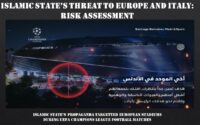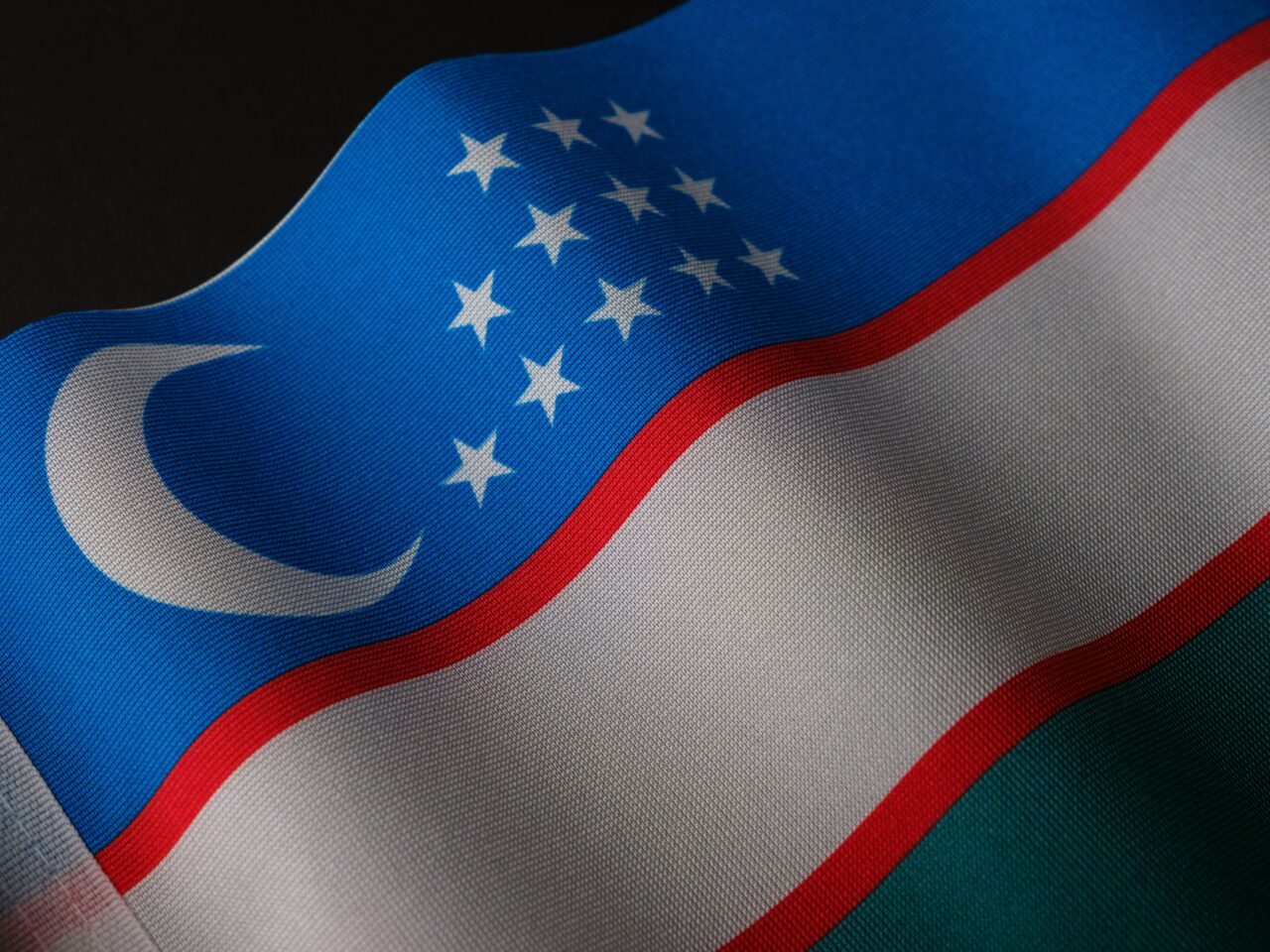Christian Tratzi’s Interview with Cusano News7 About Terrorism Growing Threat in Europe.
In a recent interview with Cusano News 7, Christian Tratzi, a Terrorism Analyst at SpecialEurasia, engaged in a comprehensive discussion with anchor-woman Giulia Cavola about the developing threat of terrorism on the international stage, with special focus on the European continent.















